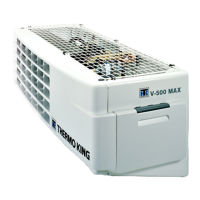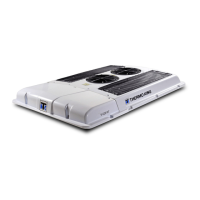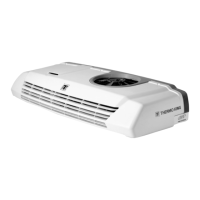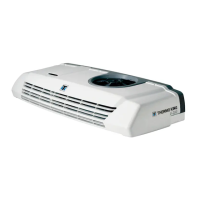What to do if Thermo King Control Unit is not cooling?
- SSarah MoodyAug 4, 2025
If your Thermo King Control Unit isn't cooling even when the box temperature exceeds the setpoint, first check the voltage on Pin 6 of C-9. If the issue persists, consider replacing the Cab Control Box.





